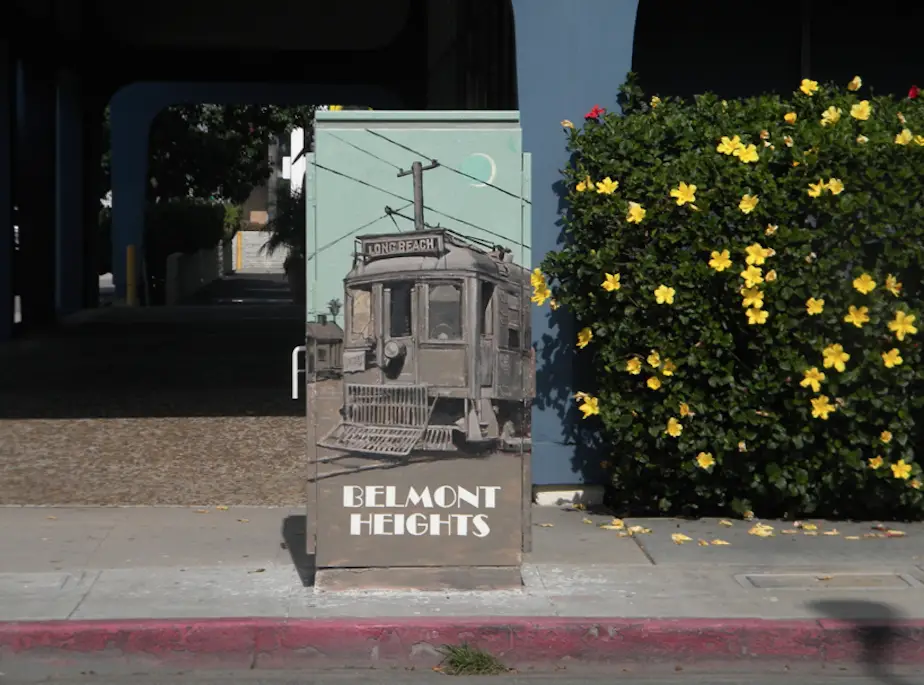We’ve probably all heard stories about the atrocities mankind has committed against different cultural heritage through the loss of historical artifacts. This has occurred across the globe, including in Guangzhou, China, in June of 2013 when work on a railway route destroyed 2,00-year-old tombs. Yet amidst this atmosphere of destruction there is a chance we can avoid future mistakes by using ground penetrating radar, helping us gain historical and cultural artifacts from below ground level of a city to better understand our heritage as human beings.
Is loss of heritage an acceptable production cost?
To illuminate how it is possible for this type of destruction to occur, let’s take a look at the circumstances around the mistake in Guangzhou. In June of 2013, the Shanghaiist reported that archeological areas surrounding the development were clearly marked off using red tape and that the archeological tools were moved off site while the archeologists weren’t there and before there was enough time to finish excavating. Tombs and artifacts nearly 2,000 years old from the Shang dynasty were bulldozed under cover of darkness in order to make way for the new railway route. Construction workers later claimed they had permission, which was proven a lie, so then they changed their story blaming confusion.
Some good news comes our way. Ground Penetraiting Radar (GPR) systems have allowed archeologists to find things they never thought possible by creating an accurate environmental model of archaeological sites.
How does GPR work?
Variations in soil texture, materials and chemistry can be discovered using wide spectrum radio frequency energy pulses through GPR technology. This is a type of geophysical survey system that uses electromagnetic induction meters – a fancy way of saying the instruments measure things like water content and temperature and the amount of ions in the soil. Sand, clay, brick and stone will reflect radio waves uniquely which is what gives a good picture of what lies below the surface.
Artifact location can lead to culture discovery
GPR was used to find artifacts in 2011 under a parking lot in Ventura, California. The area used to be Spanish mission grounds and was found to have two centuries worth of artifacts, prompting new questions about the political situation in the area. Chumash Indians were forced into Christianity by Spanish settlers, and suffered great losses of their historical culture. Many see this archeological site as a revealing insight into their heritage.
Geophysical surveying has also been used many times to locate a corpse in a non-destructive way. The New York Times recently covered the story of geo-radar being used in an old Spanish convent to find the body of Miguel de Cervantes, the Spanish novelist who created “Don Quixote”. Although he had wished to be buried in the Trinitarias convent in Madrid after he was released from slavery by Moorish pirates for five years, the exact location of his grave is unknown due to the rebuilding of the convent. Most are of the opinion that it’s about time that historians figure out where Cervantes is resting, as it should illuminate his story as well as Spain’s golden age of literature and art.
Looking at the way that some cities seem incapable of artifact preservation, let alone discovery, it makes the locating of these precious stories that much more important. Given the technology at our disposal, why not construct cities in a non-destructive way?


